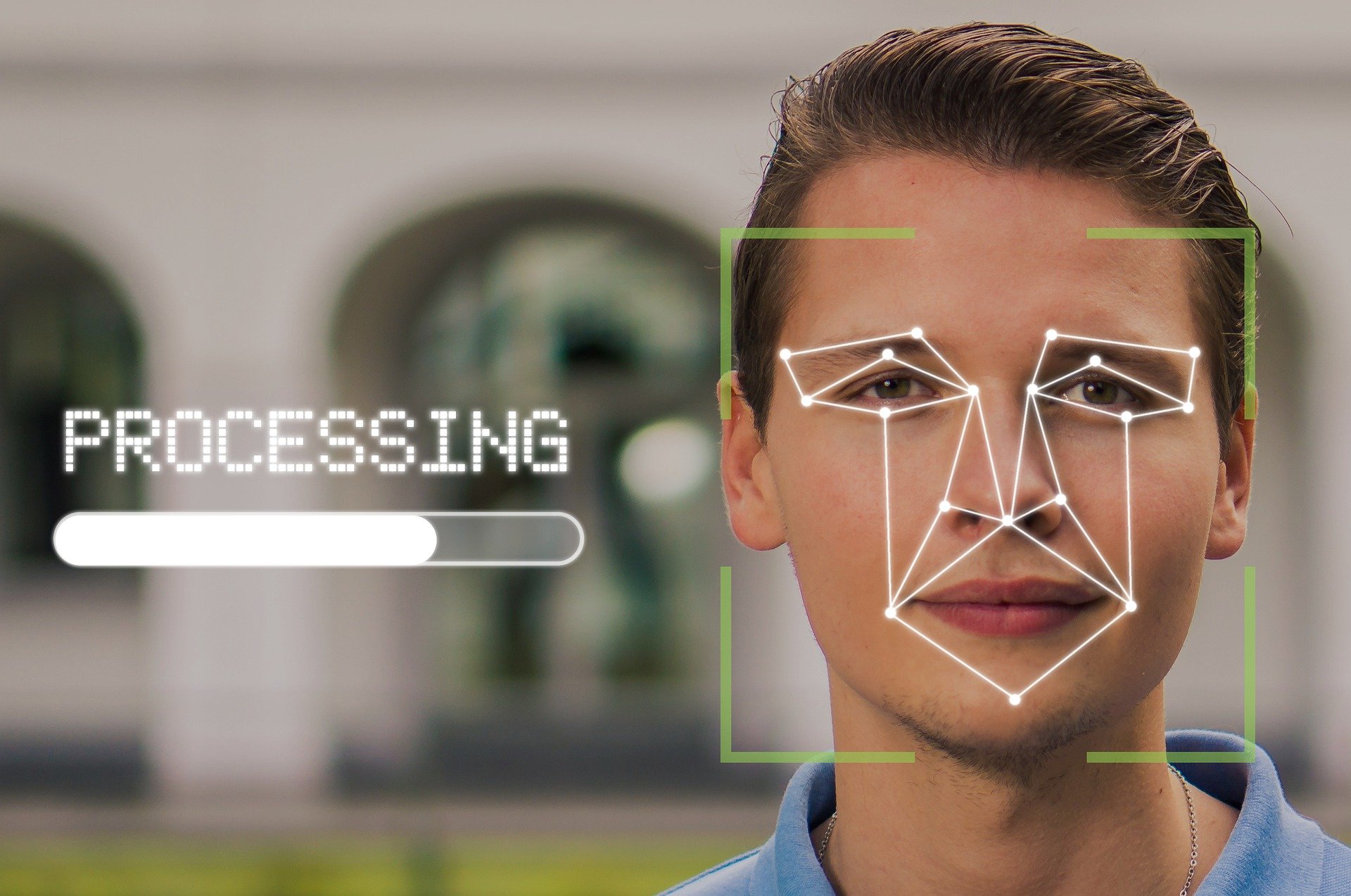Facial Recognition Technology and How it Works

Facial recognition is a way of identifying an individual’s face through technology. It uses a biometric software application that compares features on a person’s face to details stored in a database. It is easily achievable, mainly because everyone has a unique facial structure. The facial recognition market is growing at a fast pace, especially in the US.
Let’s look at how facial recognition works.
Step 1: Face detection
A camera detects and recognizes the face of individuals while either alone or in a crowd. However, the face area is best identifiable when the person has a direct glimpse of the camera. Nevertheless, some technological improvements have been made for the camera to be able to work even if an individual is facing away.
Step 2: Face analysis
This step involves capturing and analyzing the face. It includes identifying distinguishable features and nodal points such as the shape of your cheekbones and distance between your eyes. 2D images are more common than 3D in most facial recognition because they can quickly and conveniently match other 2D models in databases.
Step 3: Conversion of the image to data
In this step, the analysis of your face changes to a mathematical blueprint. Your facial features can become numbers in a code known as the faceprint. Like the unique structure of the thumbprint, every individual has their unique face print.
Step 4: Search for a match
Your numerical face code matches with other faceprints in a database. This database comprises photos with identifications that can be used for comparisons. More than six hundred million photographs and also databases are accessible to the FBI. Facebook is also another database that many have access to this technology. Here, the technology identifies your exact features from a particular database and returns with a match.
Advantages and disadvantages of facial recognition technology
Facial recognition technology has benefits that boost its success rate and reliability. Below are some of the benefits.
Advantages
Improved safety and security
One of the most significant advantages of facial recognition technology is improved security. The technology restricts unauthorized access to user data because only the recognized face can access encrypted data. Again, the technology helps in various departments such as police and investigation departments in finding lost people and identifying criminals.
High efficiency
Since there is no need for contact like in other technologies, facial recognition is faster as it automatically scans faces to authorize access.
High accuracy
The development of 3D facial recognition and infrared has boosted the success rate of this technology as it is tough to trick the technology. Due to this, the accuracy rate for this technology is high, increasing its reliability.
Disadvantages
Privacy concerns
Various governments and security agencies employ facial recognition technology to uphold safety. However, it might reach an extent where their actions invade the privacy of innocent citizens. For instance, Edward Snowden, in 2013, leaked classified data on how the National Security Agency can access mobile devices and webcams. However, police departments continue to use this breakthrough to enforce the law.
Personal facial changes affect performance
People’s faces are constantly changing with time, and this hinders technology performance. The technology is sensitive to minor details in appearance. When there are changes in the face, facial recognition technology fails to verify one’s identity. Therefore, updates in the technology over some time are required to feed changes that may occur to its database.
Cameras require multiple angles
Only numerous camera angles can ensure that the results are accurate. Without these angles, faces cannot be fully identified or processed. Also, obstructions such as hats or facial hairs can cause problems during verification. Therefore, all the angles need to be covered by the cameras to avoid this.
The technology has evolved a lot over the years. Currently, machines can instinctively substantiate identity details for certain transactions, monitoring, security undertakings, and access control to buildings. However, some people are against it since they term it as a way of invading their privacy.
Undoubtedly, facial recognition is one of the most impactful technologies we have nowadays. However, make sure you are aware of both its advantages and disadvantages, so that you can make informed decisions to opt in or opt out.